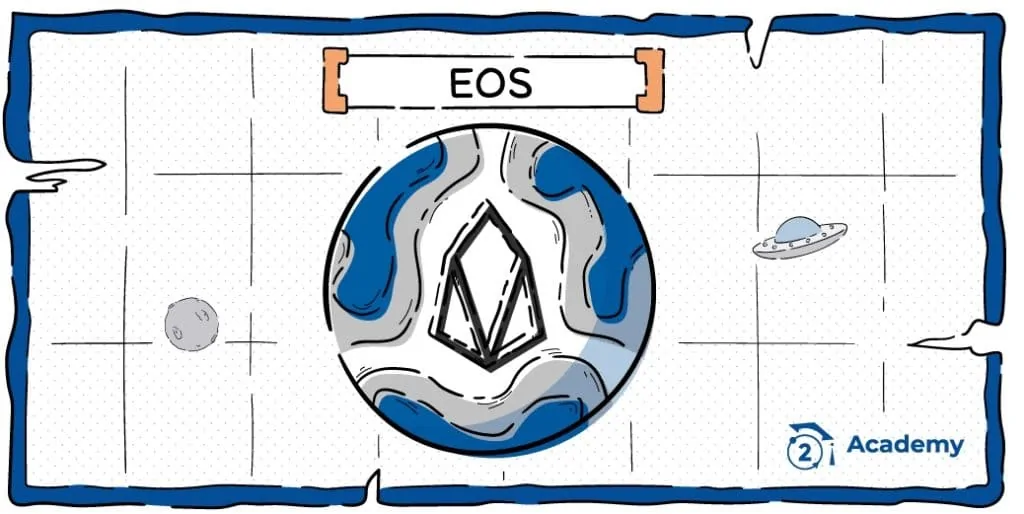The decentralized finance, also known as DeFi, are a new financial ecosystem that is becoming a trend around the world. The boom and popularity that these new ecosystems are currently experiencing is due to their great potential to create new financial paradigms, which include digital assets, smart contracts (smart contracts), decentralized applications (dApps), and much more, all built on a blockchain.
Given the flexibility and amount of development, the platform Ethereum It is the primary choice for DeFi application, but that does not mean it is the only blockchain platform, as we will see later.
DeFi It constitutes an open financial structure where various simple financial tools and services can be built in a decentralized manner.
The purpose of DeFi DeFi is to give people control over their own assets and liabilities. Although many new-age banks and FinTech companies promise to provide more control to users, in reality, they still manage your funds, keeping control and security over them. The goal of DeFi is to give you complete control over your assets and liabilities – all achieved from decentralization and blockchain technology.
The opening of the DeFi race began on the Ethereum blockchain, with the application of the well-known smart contracts. Already in 2018 we could find nearly thirty projects in the DeFi line, offering lending services and even exchanges. decentralized (DEX) as the one currently offered by the leading exchange in Europe Bit2Me.
Thus, once the DeFi structure has been introduced, we will discuss the transfer of structures from the ETH blockchain to EOS.
From Bit2Me Academy We have been observing the expansive plan that EOS maintains in the development of projects DeFi
The rise of decentralized finance (DeFi) does not leave individual projects or smart contract platforms indifferent, many of which have recently begun to announce the discovery of a new specialization for themselves. And I personally hope that we do not find ourselves in a bubble scenario as it happened with ICO projects.
So far, the main activity in DeFi has been focused on the Ethereum blockchain, as we have discussed previously.
As EOS progresses, the blockchain has the performance, liquidity, and developer community to support applications DeFi which can take away market share from other competitors like ETH.

Dan Larimer, EOS CTO, shares this view: “EOS is better suited for building sophisticated, high-performance DeFi than other blockchains. DeFi on Ethereum is a crutch that requires ugly compromises to compensate for latency, gas attacks, reorganization, and lack of orderly databases.«.
At Academy Bit2Me we have been able to track and specify the following.
There are currently 199 DeFi projects in the Ethereum ecosystem and 22 in the EOS ecosystem. Although we have to mention and report that, among the 38 largest DeFi projects registered in Bit2Me Academy In terms of assets and liabilities under management, there is not a single one that uses EOS. The most notable DeFi projects on EOS include the capital market Equilibrium, and non-custodial exchange of Newdex, but they are still little known outside the crypto ecosystem.
In my opinion if the creators of EOS If they manage to continue with their expansion plan, they will be able to show direct competition in the supply of their technology.
Since the beginning of this year, EOS Ethereum has fallen from seventh to tenth place on the list of the largest cryptoassets. During this time, its rate has only increased by 28%, while Ethereum, for example, has increased by 238% and is trading at a two-year high of around $430, as of this writing.
Continue reading: Opening of the new course “Quantitative Trading” Sept. 7.




